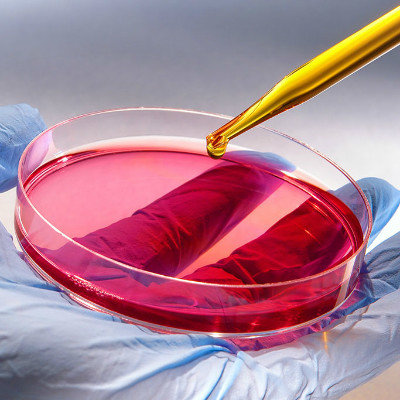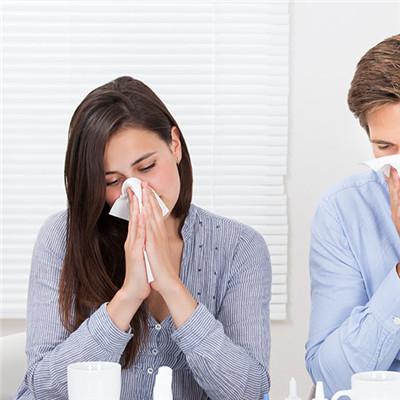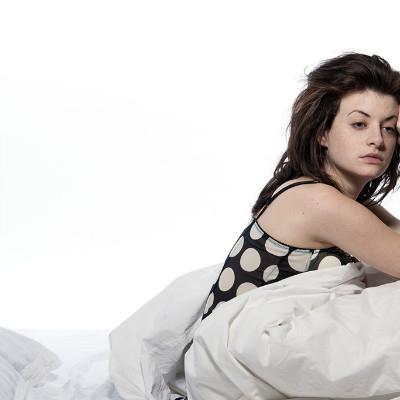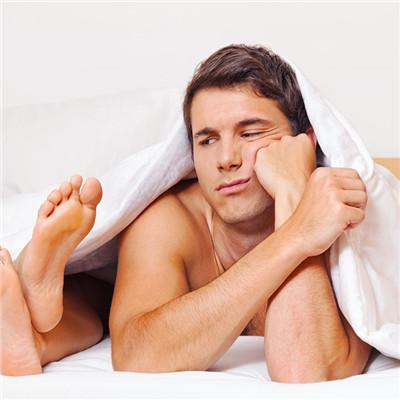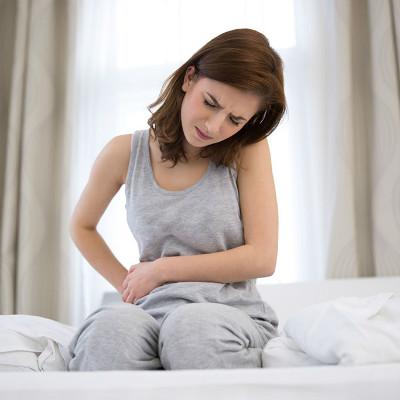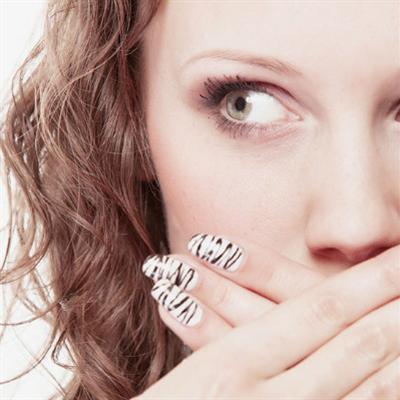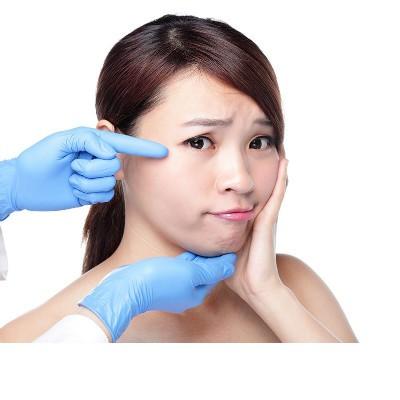Symptoms and treatment of senile pneumonia
summary
Pneumonia is actually a very common disease. It's not just pneumonia in children. And then there's pneumonia in the elderly. In fact, the reason why the elderly have pneumonia attacks is that their constitution is relatively poor and their lung function is declining. After all, once you have pneumonia. Then the elderly often have a variety of uncomfortable symptoms. These elderly patients with pneumonia often have symptoms of fever and chills. Even coughing. It needs treatment. How to treat pneumonia in the elderly?
Symptoms and treatment of senile pneumonia
The typical symptoms are sudden chills, high fever, body temperature as high as 39 ℃ - 40 ℃, with persistent fever, headache, soreness of muscles and poor appetite. After the use of antibiotics, the fever type is not typical, the elderly and the weak only have low fever or no fever.
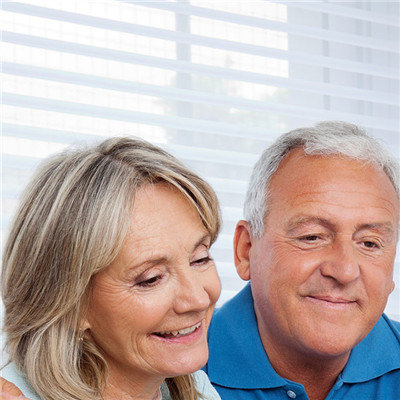
In the early stage, it was irritative dry cough, and then white mucus sputum or bloody sputum was produced. After 1-2 days, mucus bloody sputum, rust colored sputum and purulent sputum could be produced. In the dissipation stage, the amount of sputum increased, and the sputum was yellow and thin.
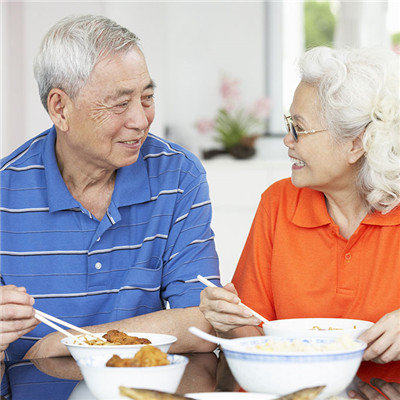
Often severe chest pain, acupuncture like, with cough or deep breathing and aggravation, can be to the shoulder or abdomen radiation. Lower lobe pneumonia can stimulate septal pleura and cause abdominal pain, which can be misdiagnosed as acute abdomen.
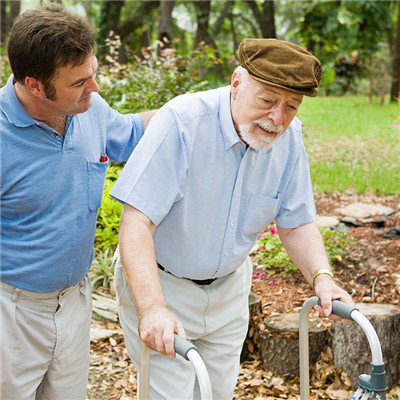
matters needing attention
With the decline of body function in the elderly, there is a trend of obvious decline of renal function in varying degrees. At this time, don't use aminoglycosides casually. Once the lung has a lung abscess, then need to do drainage.
